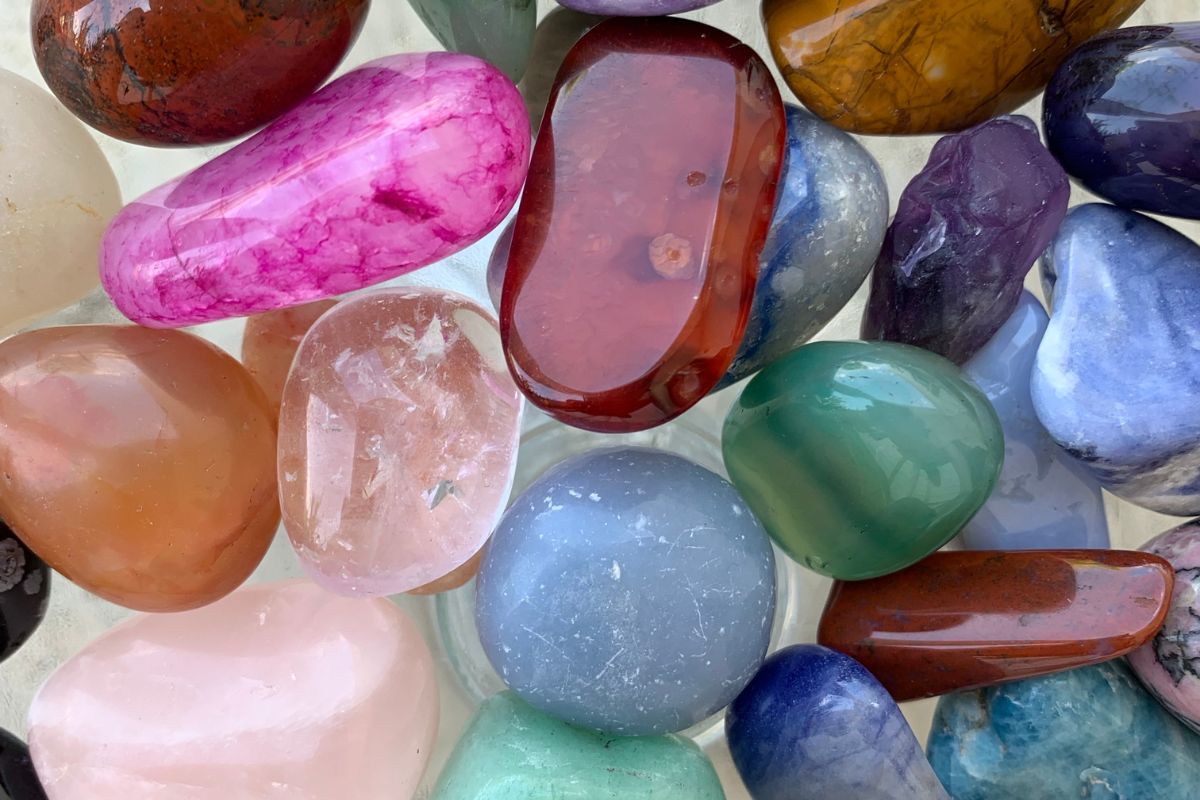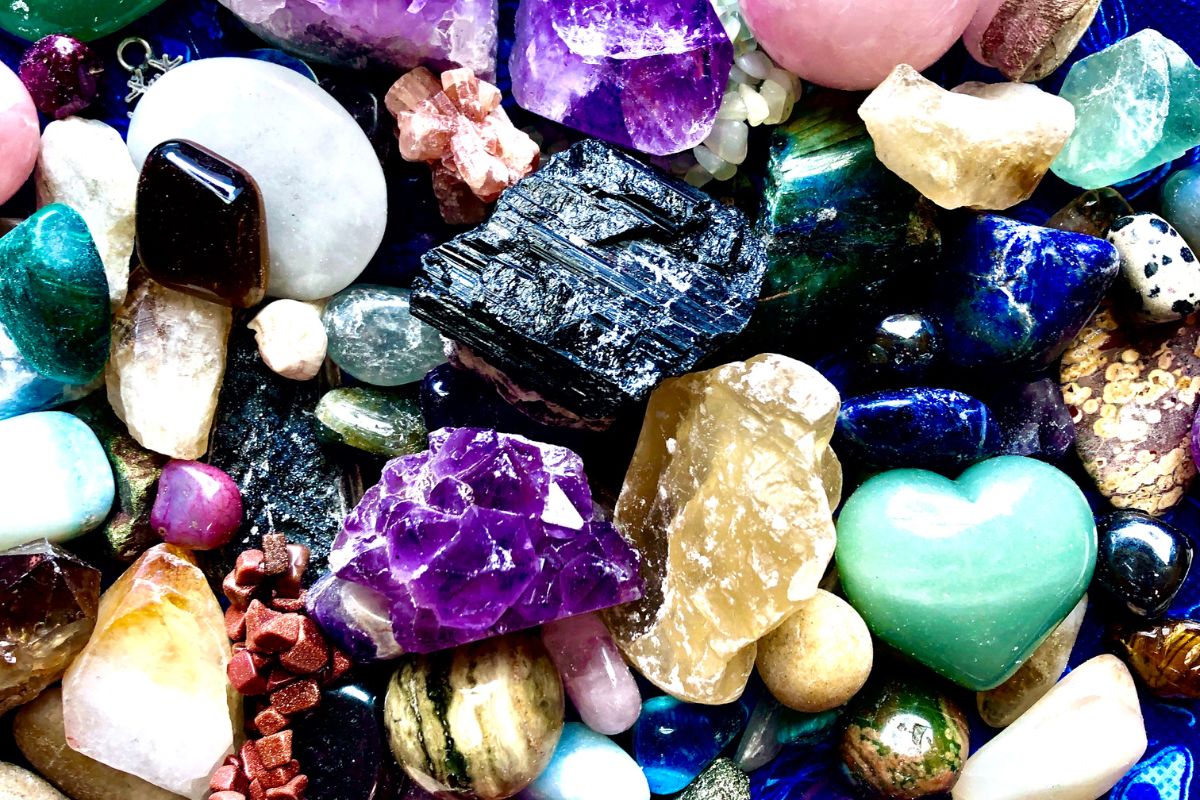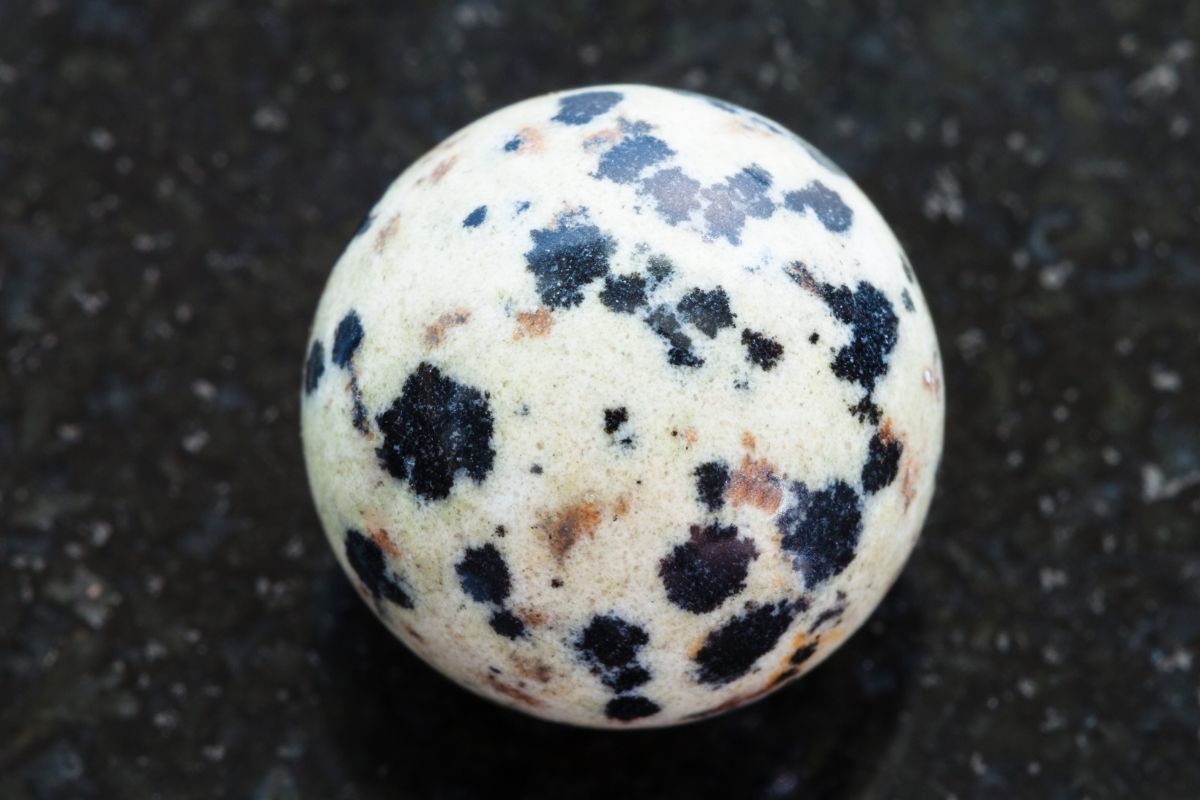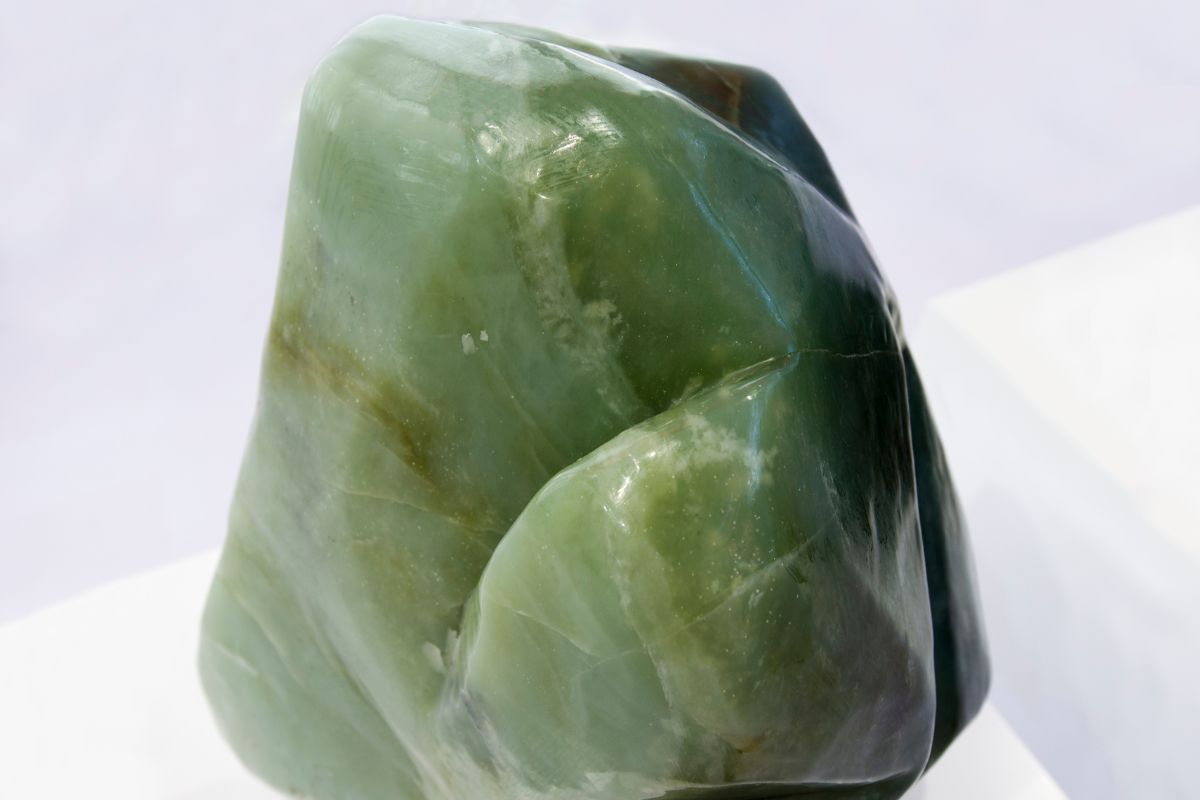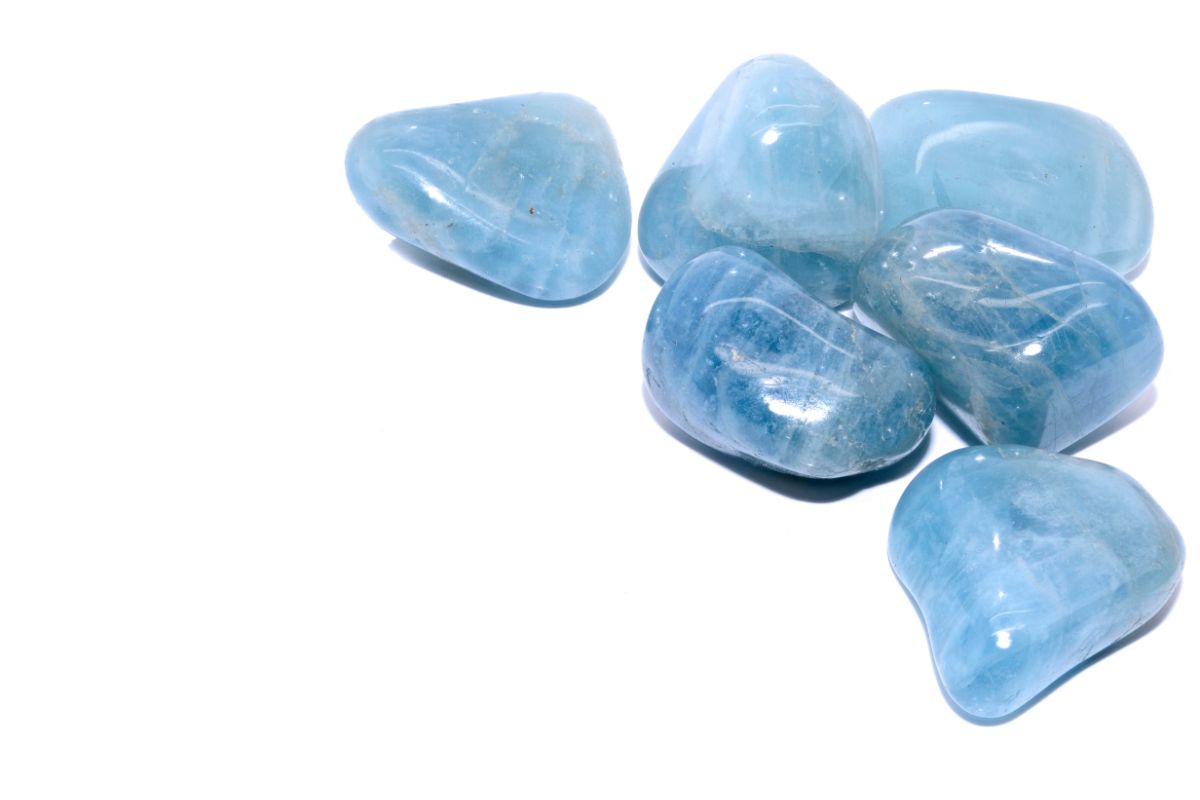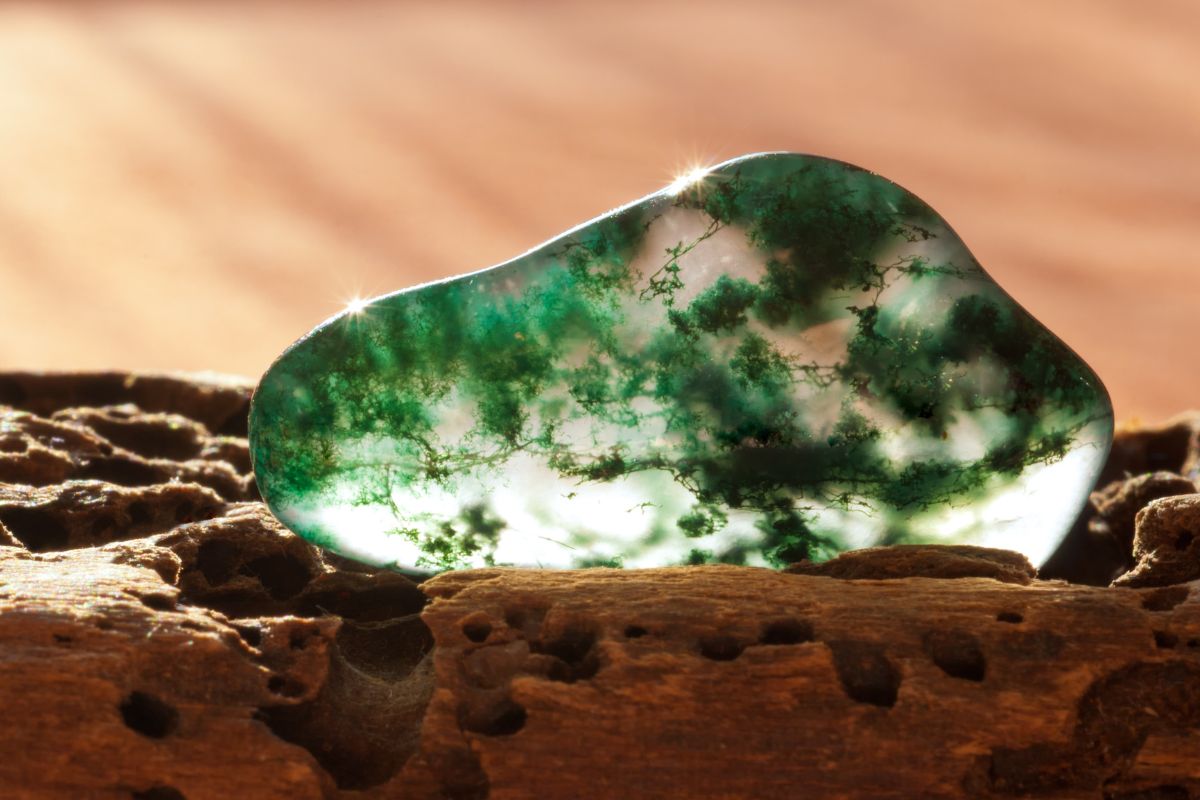If you’re someone who is fascinated by the beauty and energy of crystals, you’ve likely come across Carnelian and Selenite.
These two gemstones are well-known for their unique properties and have been used in art, jewelry, and alternative medicine for centuries.
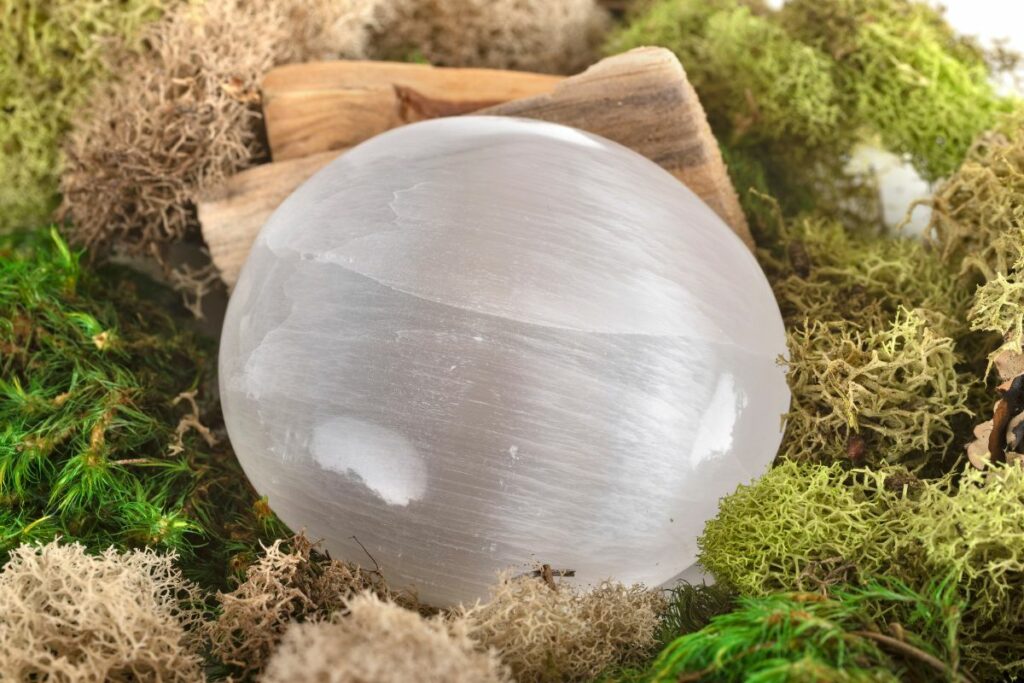
However, each gemstone has its own distinct characteristics, properties, and significance, making them fascinating to explore and compare.
In this article, we’ll explore everything you need to know about Carnelian vs Selenite, including their geological origin, physical properties, historical and cultural significance, and uses in art, jewelry, and medicine.
So, whether you’re a crystal collector or simply curious about these beautiful gemstones, join us as we take a deep dive into the world of Carnelian and Selenite!
What Is Carnelian?
Carnelian is a beautiful gemstone known for its reddish-brown to orange-red hue. It is a type of chalcedony, which is a mineral that is made up of quartz crystals. Carnelian gets its unique color from the presence of iron oxide.
The name “Carnelian” is believed to come from the Latin word “cornum,” which means “cherry.” This name was given to the gemstone because of its similarity to the bright red color of a ripe cherry.
What Is Selenite?
Selenite is a beautiful, translucent white mineral that belongs to the gypsum family. It’s a crystalline form of gypsum that is composed of calcium sulfate dihydrate.
The name “Selenite” has roots in the Greek “Selene,” which means “moon.” This name was given to the mineral because of its moon-like glow when polished and its association with the goddess Selene in ancient Greek mythology.
Carnelian Vs Selenite: Geological Origin And Chemical Composition
As we have already mentioned, Carnelian is a type of chalcedony, a mineral that is made up of quartz crystals.
It is formed in the Earth’s crust, usually in volcanic rocks or hydrothermal veins, and gets its unique reddish-brown to orange-red hue from the presence of iron oxide.
Selenite, on the other hand, is a crystalline form of gypsum that is composed of calcium sulfate dihydrate.
It is formed in evaporative environments such as salt flats, hot springs, and caves, is a relatively soft stone, and is often found in large crystalline formations.
Carnelian Vs Selenite: Physical Properties
Carnelian has a hardness of 6.5-7 on the Mohs scale, which means it’s a relatively hard stone and is durable enough to be used in jewelry.
It has a vitreous, or glassy, luster and a translucent to opaque appearance. Carnelian also has a conchoidal fracture, which means it breaks into smooth, curved pieces.
Selenite, on the other hand, is a much softer stone with a hardness of only 2 on the Mohs scale. This means it is easily scratched and is not recommended for use in jewelry that will be subjected to daily wear and tear.
It also has a silky, fibrous appearance and a pearly to vitreous luster, and a perfect cleavage, which means it breaks into flat, even sheets.
Carnelian Vs Selenite: Historical And Cultural Significance
Carnelian and Selenite have both played important roles in the history and culture of various civilizations.
Carnelian was highly valued in ancient Egypt, where it was believed to have protective properties and was often used in amulets and talismans, while the ancient Greeks and Romans also prized Carnelian and used it in jewelry and seals.
In medieval Europe, it was considered a symbol of courage and was often carved with images of lions or other fierce creatures.
And in Islamic culture, Carnelian was believed to have healing powers and was often used to make prayer beads.
Selenite, on the other hand, has a more recent cultural significance. It was discovered in the 15th century and was named after the Greek goddess of the moon, Selene, due to its moon-like glow.
This gemstone has been used in various cultures for spiritual and energetic purposes. In ancient Greece, it was believed to have the power to bring reconciliation and was often used in marriage ceremonies.
In some Native American traditions, Selenite was used to cleanse and purify energy fields.
Carnelian Vs Selenite: Uses In Art, Jewelry, And Medicine
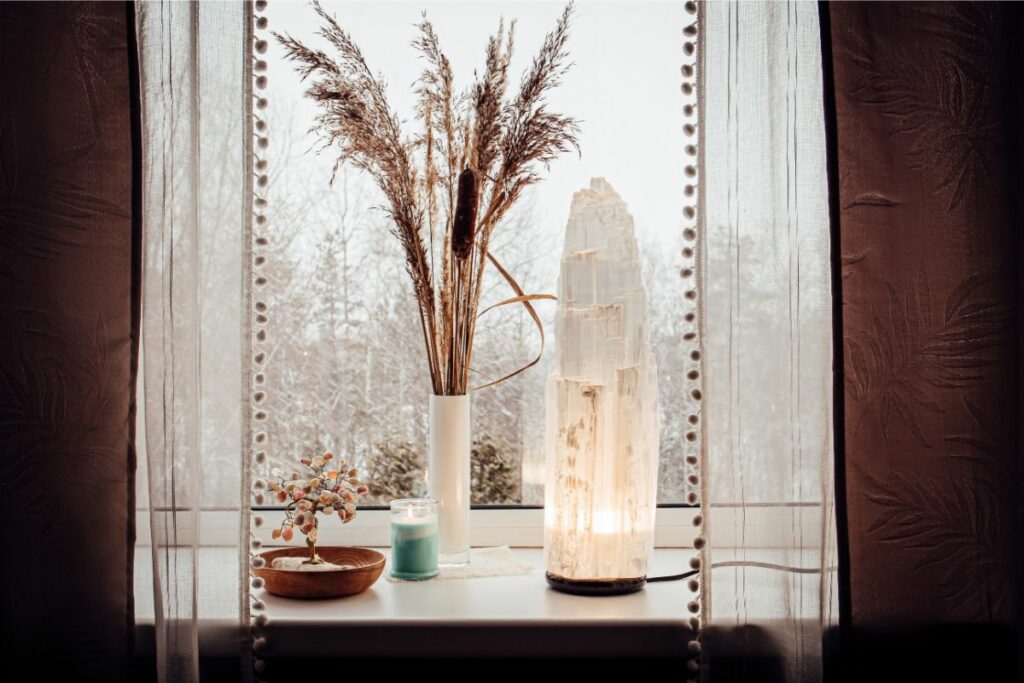
Of course, as two popular gemstones, Carnelian and Selenite have largely been used in art, jewelry, and medicine for centuries and it is their unique properties and appearances that have made them popular among artisans, healers, and collectors alike.
But let’s explore their uses in more detail.
Art
Carnelian has been used in decorative arts for thousands of years with the ancient Egyptians having used carnelian to make jewelry, amulets, and seals.
The ancient Greeks and Romans also used it but this time to make engraved gems, which were highly valued as personal adornments and artistic creations.
Whereas in more recent times, carnelian has been used in contemporary jewelry designs, as well as in decorative objects such as bowls, vases, and sculptures.
In contrast to Carnelian, Selenite is more commonly used in decorative arts for its unique optical properties.
Its crystal structure allows it to transmit light, which creates a striking visual effect and makes it popular use when making decorative objects such as lamps, candleholders, and figurines.
In addition to that, it has also been used in stage lighting and photography, as well as in meditation and healing practices.
Jewelry
When it comes to jewelry, Carnelian is a popular gemstone for them because of its warm and vibrant color.
It is often used in beaded necklaces and bracelets, as well as in pendants and earrings, it is believed to have healing properties and is often worn as a talisman or amulet.
However, Selenite is not typically used in jewelry due to its softness and brittle nature. Still, it is sometimes used as a decorative accent in jewelry designs, particularly in wire-wrapped pendants and earrings.
Medicine
Last but not least, Carnelian has been used in traditional medicine for centuries as it is believed to have healing properties that can help with issues such as digestion, circulation, and reproductive health. It is also said to have a grounding and stabilizing effect on emotions and energy levels.
On the other hand, Selenite is often used in spiritual and energy healing practices. It is believed to have a calming and purifying effect on the mind, body, and spirit which is why it is often used in meditation and chakra balancing, as well as in crystal healing sessions.
The Bottom Line
While Carnelian is known for its warm red and orange hues, Selenite’s shimmering white color and translucent appearance make it a popular choice in both art and spirituality.
The two gemstones differ in their geological origin, chemical composition, physical properties, and cultural significance, but both have been used in jewelry, art, and medicine throughout history.
Whether you’re drawn to the vibrant energy of Carnelian or the calming presence of Selenite, these gemstones offer a glimpse into the wonders of nature and the rich history of human civilization.
So, the next time you come across Carnelian or Selenite, take a moment to appreciate their beauty and all that they represent!
- 15 Crystals That Cannot Be Exposed To The Sun - January 7, 2024
- Malachite Vs Fuchsite – Benefits And Uses - January 7, 2024
- Malachite Vs. Green Jasper: Benefits And Uses - January 7, 2024



